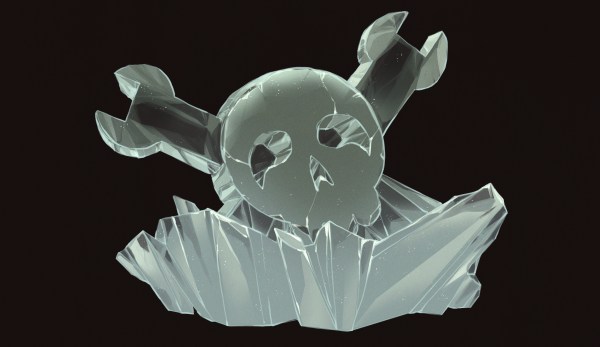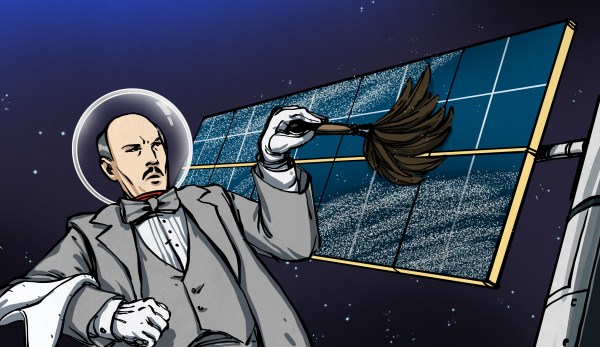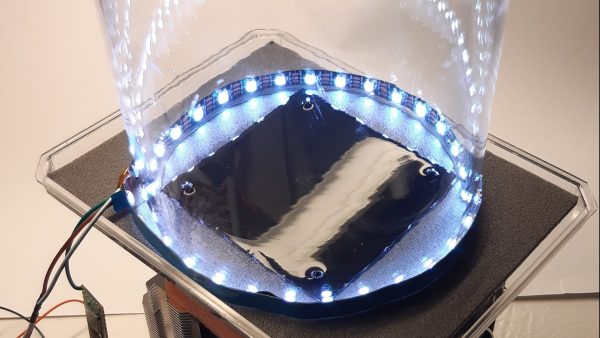OK, it’s official — everyone hates San Francisco’s self-driving taxi fleet. Or at least so it seems, if this video of someone vandalizing a Cruise robotaxi is an accurate reflection of the public’s sentiment. We’ve been covering the increasingly fraught relationship between Cruise and San Franciscans for a while now — between their cabs crashing into semis and being used for — ahem — non-transportation purposes, then crashing into fire trucks and eventually having their test fleet cut in half by regulators, Cruise really seems to be taking it on the chin.
And now this video, which shows a wannabe Ninja going ham on a Cruise taxi stopped somewhere on the streets of San Francisco. It has to be said that the vandal doesn’t appear to be doing much damage with what looks like a mason’s hammer; except for the windshield and side glass and the driver-side mirror — superfluous for a self-driving car, one would think — the rest of the roof-mounted lidars and cameras seem to get off lightly. Either Cruise’s mechanical engineering is better than their software engineering, or the neo-Luddite lacks the upper body strength to do any serious damage. Or maybe both.



















